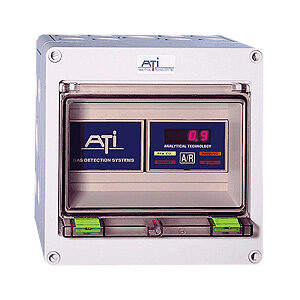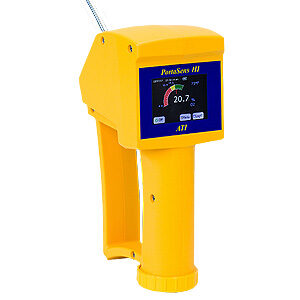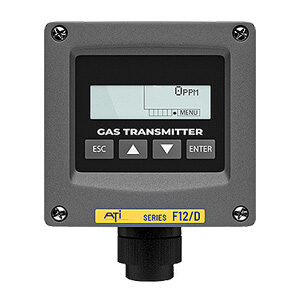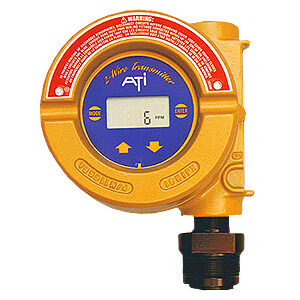Fluorine Gas Detectors adopt electrochemical and IR methods of detection. Electrochemical sensors use electrodes to detect the presence of fluorine in the air. When exposed to the gas, an electrical current passes through the sensor, which then triggers an alarm or other mechanism to alert you to its presence.
Infrared sensors use wavelengths of light, these can detect the presence of fluorine and alert you to its presence.
No matter which type of fluorine detection system you choose, it’s important to adhere to all safety protocols and take appropriate action if the gas is detected. This will help ensure the safety of personnel from potential harm.
One of the most important things to consider when using a fluorine gas detector is the accuracy of the results. It’s critical to choose a device that will provide an accurate reading in order to ensure safety. Many detectors come with built-in calibration systems, allowing you to make sure that it is correctly detecting the presence of fluorine in the air.
Which industries use a Fluorine Gas Detector?
Fluorine is a widely used industrial gas, found in many industries that require high-temperature and/or corrosion-resistant applications. Industries such as aluminum production, semiconductor manufacturing, chemical production, energy generation and nuclear fuel processing all use fluorine in some form or another.
Aluminum production requires the use of high temperatures to melt the raw material. Fluorine gas is used in this process to reduce the melting point of aluminum and increase production speed.
Semiconductor manufacturing utilizes fluorine as an etchant during chip fabrication, a process that requires extreme precision. Fluorine helps clean and etch surfaces on integrated circuits to ensure flawless performance.
Chemical production makes use of fluorine in the form of hydrofluoric acid, which is used to clean and etch surfaces in the production of specialty chemicals.
The energy industry also requires a Fluorine Gas Detector for certain applications such as uranium enrichment, a process used to increase the percentage of uranium-235 atoms in nuclear fuel. Lastly, nuclear fuel processing requires the use of fluorine to create stable compounds that are both safe and efficient for fuel production.







